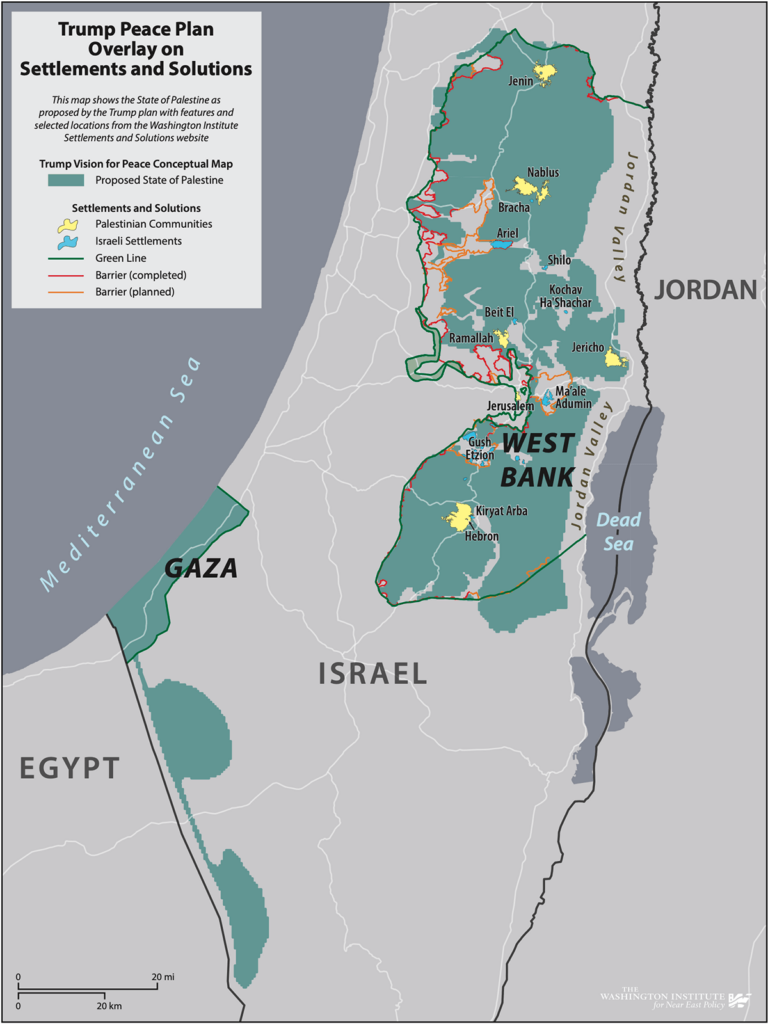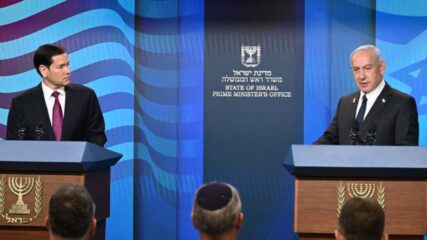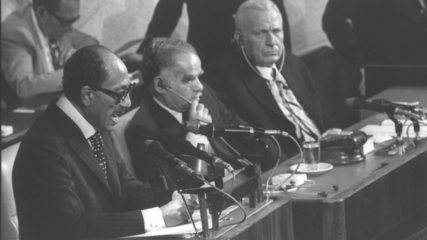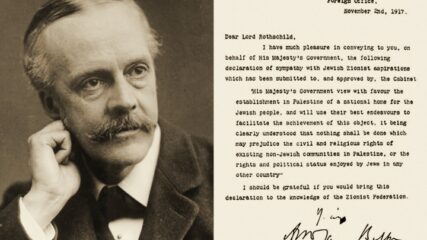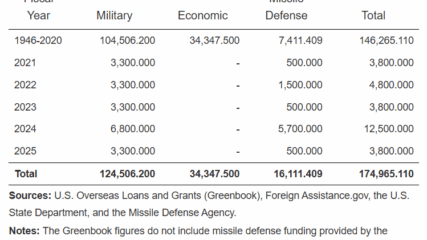January 28, 2020
President Donald Trump’s long-awaited Middle East peace plan builds on previous proposals for a two-state solution to the Arab-Israeli conflict. It contains a U.S.-Israeli agreement that sets forth final borders for two states. In arriving at the plan’s contents, the Trump administration did not receive any Palestinian input to warrant its definition as “negotiations between the parties” as received by Israeli Prime Minister Golda Meir in October 1973 and set down in U.N. Resolution 338. On the contrary, it contains multiple prerequisites for Palestinian behavior before either the US or Israel might agree to Palestinian statehood. Also, different than previous plans, it contains a promised economic development package of $50 billion to be allotted over a decade primarily to the Palestinians, Jordanians and Egyptians. No information indicates the sources of the economic portion of the plan. In favoring Israel, the plan foresees Israel annexing up to 40% of West Bank land and allows Israeli settlers to remain in their West Bank and Jerusalem locations. Israel is to retain almost all of the portions of Jerusalem taken in the June 1967 war. Immediately upon publication, the Palestinian leadership vigorously opposes it, as does the Arab League of States and Islamic Conference Organization. Some Arab states supported the plan in a lukewarm manner with most Israelis favoring the commitment by the U.S. administration for the prospect of Israel’s permanent control over the strategically important Jordan River Valley.
Printable PDF— Ken Stein, February 2020
Trump Plan for the Middle East: Context and Implications- Ken Stein – 43 minute webinar

